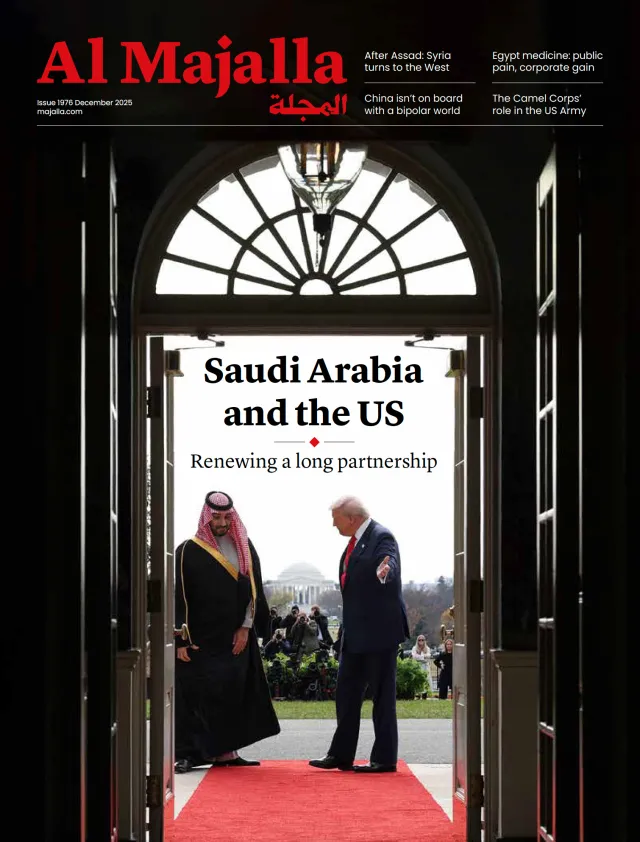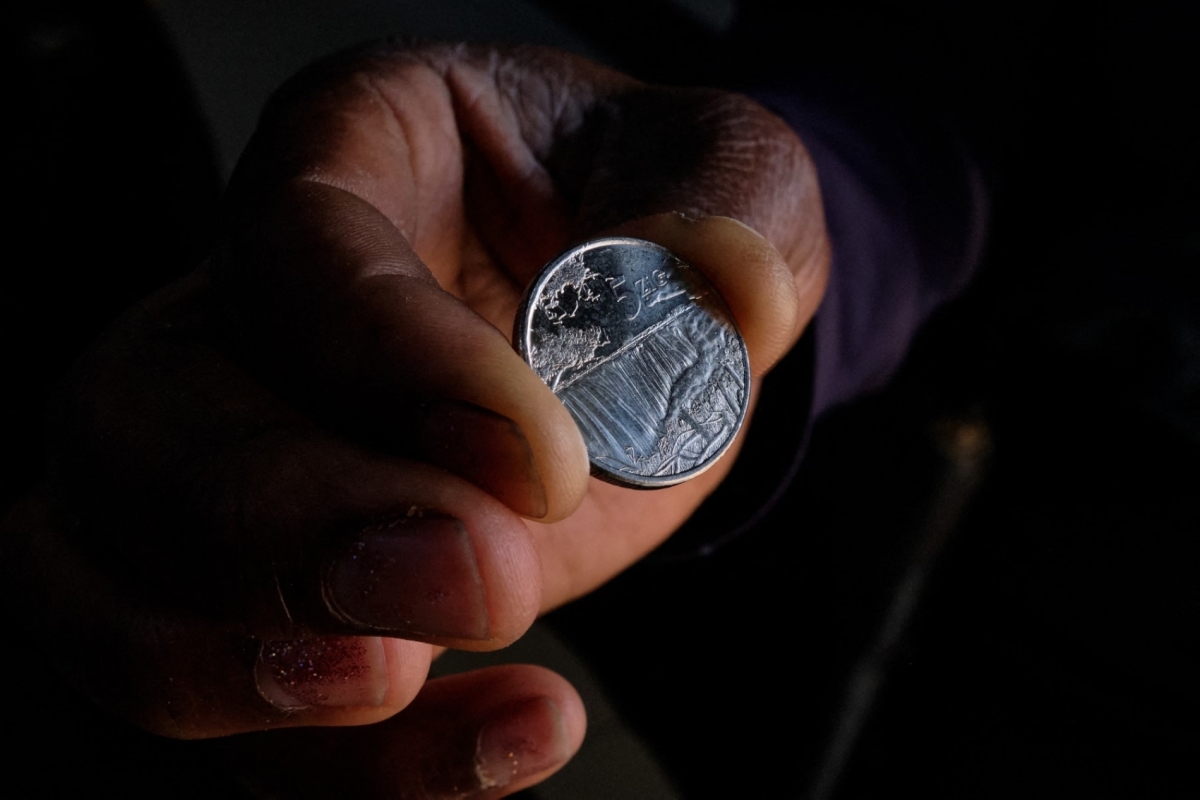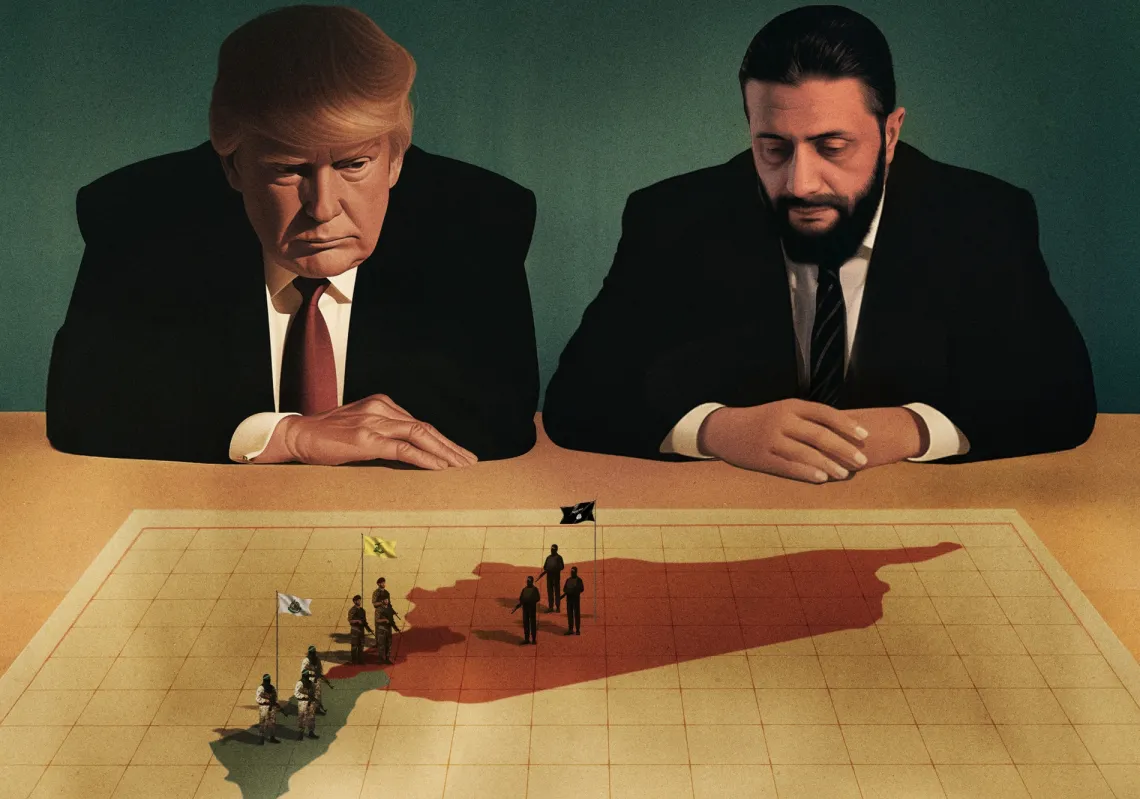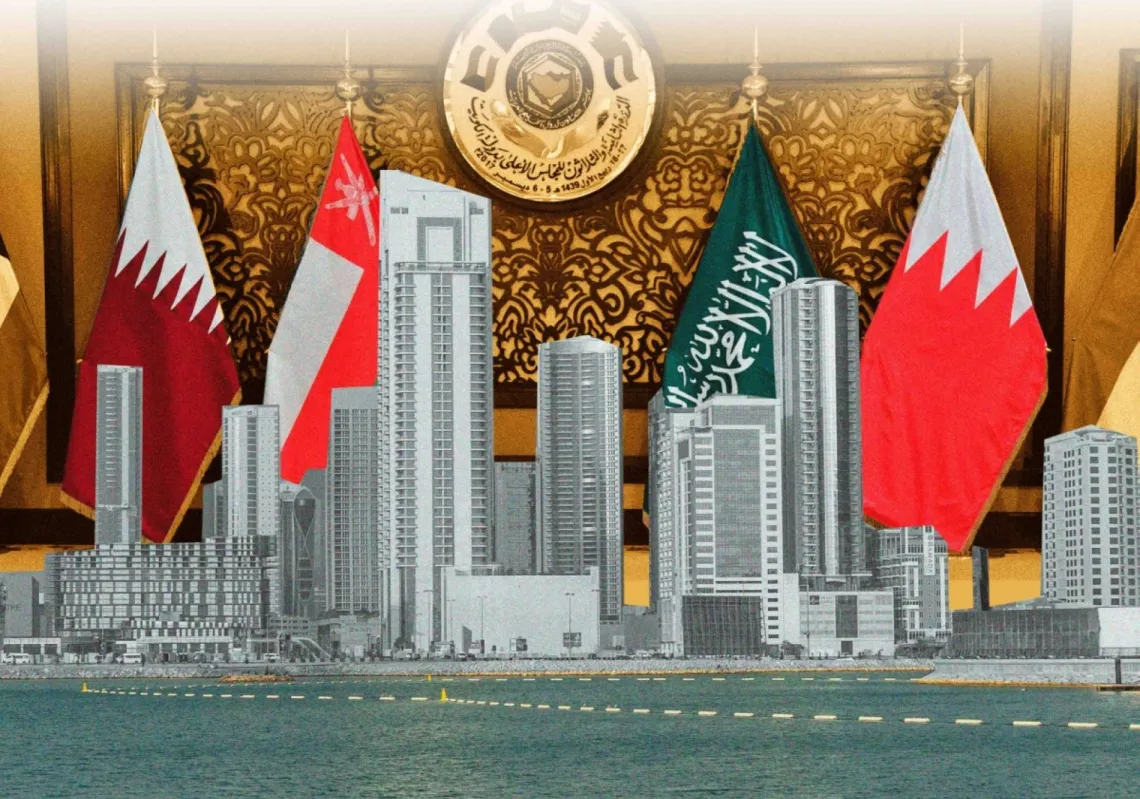Price trends can seem inert, sterile, and statistical. News stories about inflation or deflation are often presented in terms of neat percentages or index changes. Yet to see them as such is to miss the profound human element. These trends instil confidence or fear, affect expectations, and influence decisions, such as whether to spend or save.
Economic life rests on purchasing power. When it rises or falls, the effects touch everything. Mild inflation, like the 2% target pursued by American and European central banks, can indicate healthy growth, encouraging spending and investment, but steep or unpredictable inflation—such as Argentina’s 276% year-on-year rate in March 2024—can have the opposite effect. Families cut back and businesses delay expansion, fearing that tomorrow’s costs will overwhelm today’s profits.
Though it might sound like good news for consumers, deflation (a drop in prices) often freezes an economy. Japan’s so-called ‘Lost Decade’ in the 1990s was marked by average annual deflation of -0.3%, leading to stagnant consumer spending, falling corporate investment, and a doubling of unemployment. When prices fall and wages stagnate, debt burdens become heavier in real terms, discouraging risk-taking and fuelling discontent.
Learning from the past
Some of history’s most dramatic economic collapses are cautionary tales in trust. In 1923, hyperinflation took hold in Weimar Germany, driven by postwar reparations, fiscal deficits, and mass money printing. By November, one US dollar cost 4.2 trillion Deutsche Marks (its currency). Prices were doubling in just a few hours. People carted banknotes in wheelbarrows just to buy bread. Historians debate the extent to which this contributed to the rise of Adolf Hitler and his Nazi party (others point to the Great Depression of 1929-33), but most agree that the trauma affected Germany for decades.
Zimbabwe’s 2008 hyperinflation was similarly extreme. By November of that year, monthly inflation had reached 79.6 billion per cent. One dollar amounted to one trillion Zimbabwean dollars.
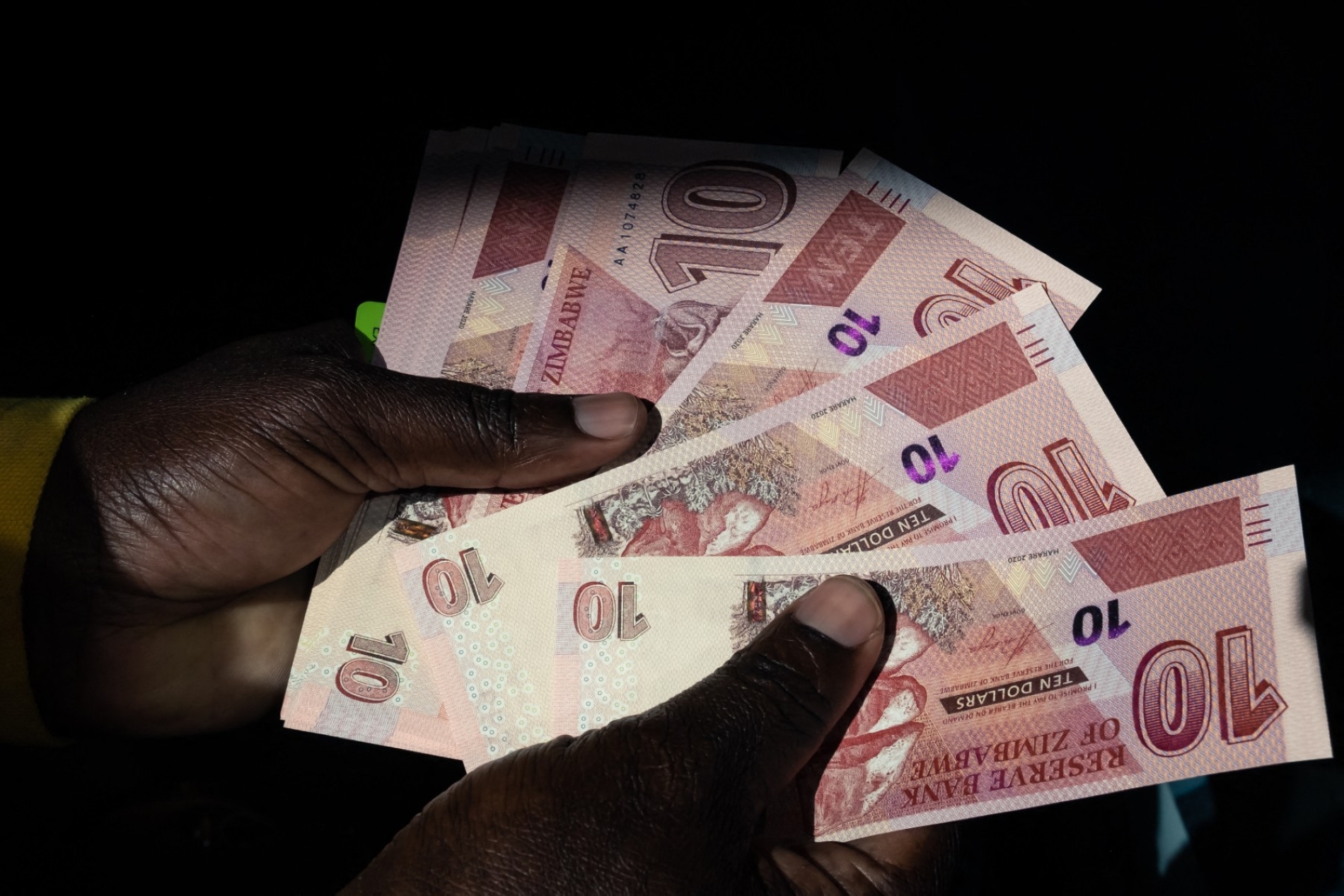
The Reserve Bank printed a 100 trillion dollar note just so families could do basic grocery shopping. People soon abandoned the local currency for US dollars and South African rand in a rapid ‘dollarisation’ that stabilised daily transactions but left the government with no monetary control.
The Middle East, too, has faced currency collapse. In Lebanon, the pound has lost about 98% of its value against the US dollar on the parallel market since 2019. According to the World Bank, annual inflation topped 200% in 2023, one of the world's highest rates, while the banking sector froze deposits, trapping citizens' life savings. In Syria, a US dollar cost 47 pounds in 2011. Last year, it cost over 15,000. More than 90% of the population now lives below the poverty line, says the UN.
In both cases, the currency's decline reflects political dysfunction as much as economic weakness, but other recent examples reinforce the point. In Turkey, annual inflation hit 85% in late 2022. In Venezuela from 2016 to 19, hyperinflation reached one million per cent, wiping out savings. Families had to barter and use US dollars for everyday goods.
A belief in value
These crises show that hyperinflation is not simply the result of "too much money chasing too few goods," in Milton Friedman's terms. Rather, it is what happens when people stop believing the currency will hold value tomorrow. Modern money has no intrinsic value; it is a promise backed by the collective belief that others will accept it tomorrow. Economists describe this as a social contract, and like any contract, it is only as strong as the trust between parties.

